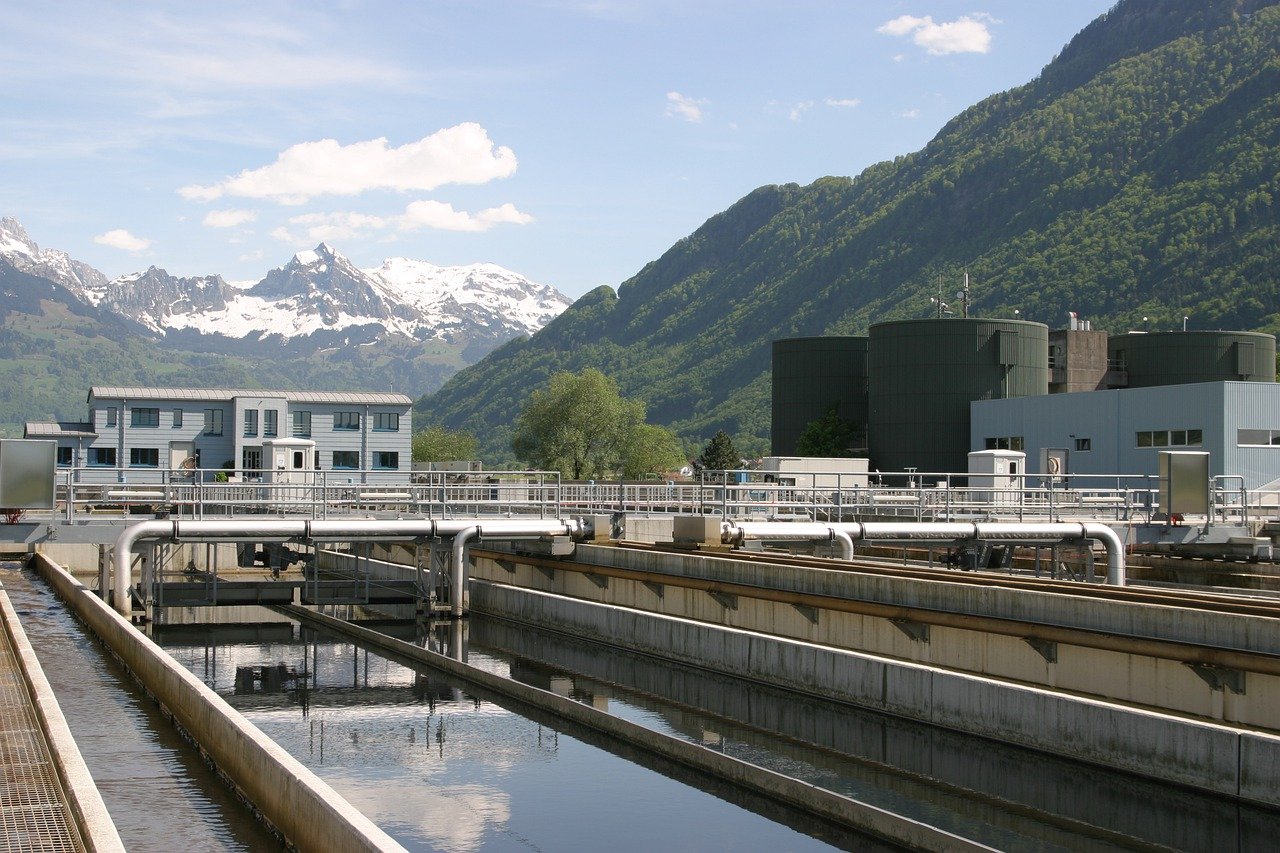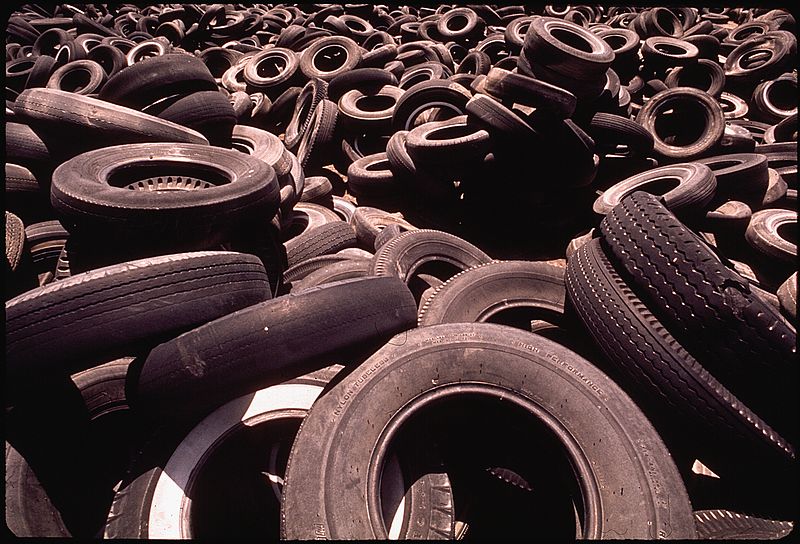RO (Reverse Osmosis) membranes are tricky parts because they are working away from sight and won’t make noise when they start to wear beyond their nominal operational points. This is why many technicians opt to replace them pro-actively every three years, which coincides with the end of the warranty period of most vendors in the field.
However, as many engineers find out upon inspecting the replaced part, many of these membranes are being replaced prematurely. In some cases, they have been known to last for more than a decade, as it all depends on what materials and conditions they’re called to work with.
That said, looking for the following signs of trouble would be a more prudent approach to take:
- Salt rejection rates dropped severely at the same time the normalized permeate flow rate increased. For problem isolation and targeted part replacement, the technician should profile the membrane vessel permeate conductivities.
- There’s an excessive pressure drop in the first-stage chamber.
- There’s a last-stage pressure drop that can’t be fixed with aggressive cleaning.
- The inspection reveals formations of silica scale on the RO membrane. Take note of that as it’s an indication of water type problems, and should be a sign of when to expect the next membrane to fail.
In general, cleaning the RO membrane and performing a detailed autopsy will reveal if the problem was a buildup of scale or only fixable with a part replacement. Sure, this means downtime and effort, but in many cases, cleaning the membranes thoroughly and reinstalling them does the trick. If you do that and the pressure drops persist, you have a clear sign that the membrane needs replacing.
Even if this process sounds overly tedious, it can save many RO membranes from the dumpster, your plant from maintenance expenses, and the environment from unneeded burdens.
With time, engineers gather enough experience to determine when an RO membrane cannot be salvaged through cleaning, so keeping data measurements and monitoring operation closely is key in formulating characteristic profiles.







